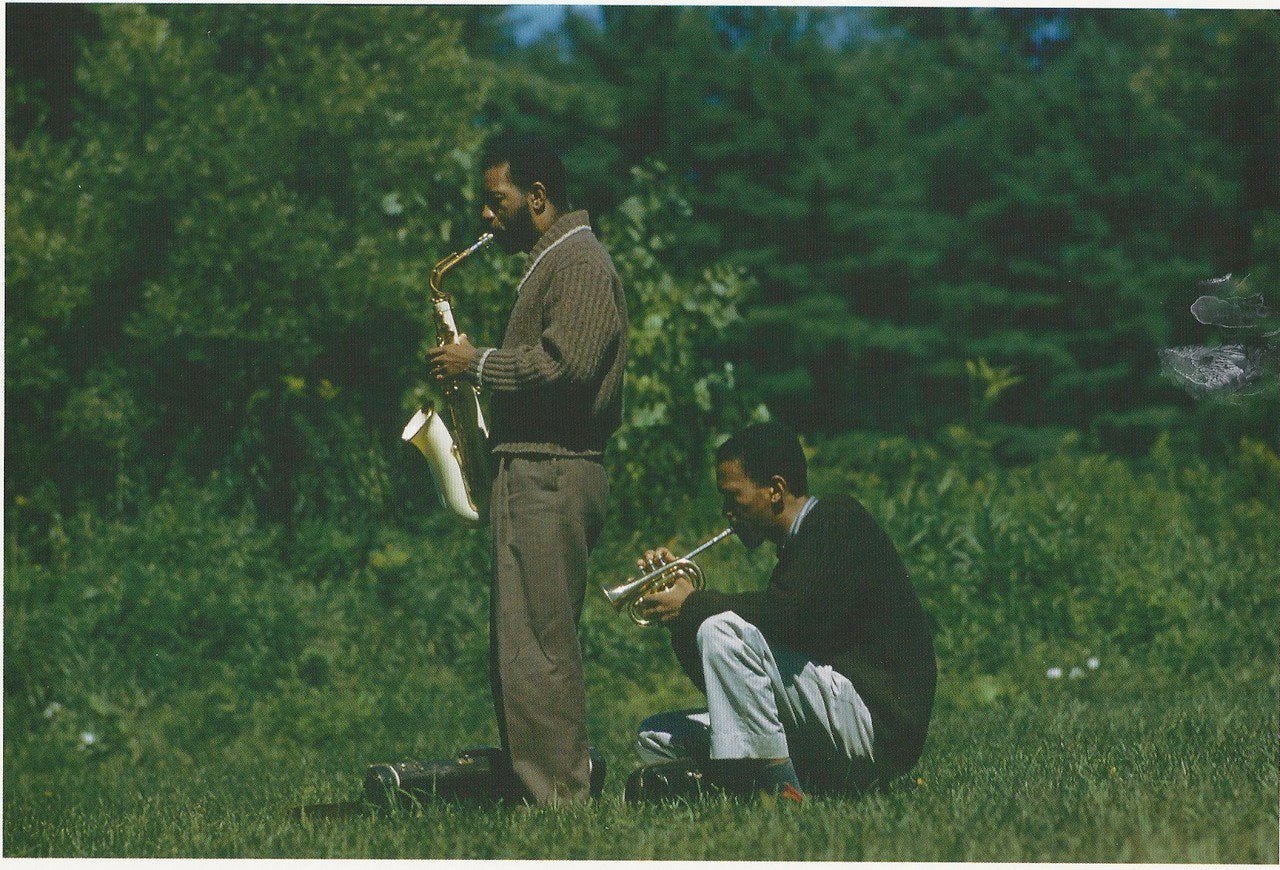This post is the first in a series on the Third House and the cultivation of a daily practice. While this post focuses on understanding the different meanings of this house, future posts will dive into delineation, tips for combining belief and praxis, as well as dispatches from my time at a zen monastery. May this post be a jumping-off point for beginning to build your own daily practice and ritual 🌀
One of the reasons I love the Third House is it’s a bit of a junk-drawer. It signifies siblings, cousins, neighbors; writing, communication, early education, and the mind; short travel, daily routines; praxis, indirect divination, and intuitive knowledge. All of these meanings are entwined, however, when you realize that the Moon joys1 in this house, underpinning and uniting all of the house’s disparate meanings.
Though you can use the Third House to assess multiple factors—one’s relationship to siblings and neighbors, the conditions of short travel or your relationship to your neighborhood— I want to focus on one specific purpose: illuminating what our daily rituals should look like.
I find the Third House essential if anyone wants to cultivate their creative or spiritual practice on a regular basis. The routines it represents are distinct from the routines of the Sixth. While the Sixth House tells us what habits we need to maintain health and daily functioning, the Third House shows us how our beliefs and values can become part of our body.
So whether you want to connect more deeply to your particular gods, complete your morning pages, put in regular time to your next opus, or all three, getting to know the Third House is key to bringing the light into you.
Before we explore the moon, let’s identify a few characteristics of the Third House:
The third House is Cadent. “Angular” houses occupy the pivots, so have the most power and influence. Cadent houses, on the other hand, are falling away from the angles, so have the least amount of power and influence.
Demetra George calls cadent houses (and their planets) as “busy” because they represent the part of life that always needs tweaking, attending to, maintenance. So know that when dealing with the Third House, you are dealing with a part of life that is always changing.
Under the Earth: Astronomically speaking, any planet in the Third House is below the horizon, i.e. not visible in the sky. Nocturnal houses like this one, Deborah Houlding explains, are “more passive, subtle, hidden, and related to private experience”. The Third House deals with a part of life whose influence may not be apparent from the outside but provides an inner foundation upon which to act.
Yet the Third House is also Rising, or its planets appear to moving up towards the Midheaven. House like these tend to be more about personal identity and “self-initiated activity”. There can be more energy in these types of houses.
Even for a cadent house, the Third House holds an especially liminal position, as it is considered by the Ancients to be the least good of the good or least bad of the bad. It’s clear, then, that your experiences with the Third House can go either way, depending on how you handle them (or other extenuating circumstances).
But to see how this house supports our larger projects, goals and numinous visions, we have to understand the Third House as the House of the Moon.
Keep reading with a 7-day free trial
Subscribe to Recent Bedroom to keep reading this post and get 7 days of free access to the full post archives.







